
She used to ride a horse.

She used to ride in the river.
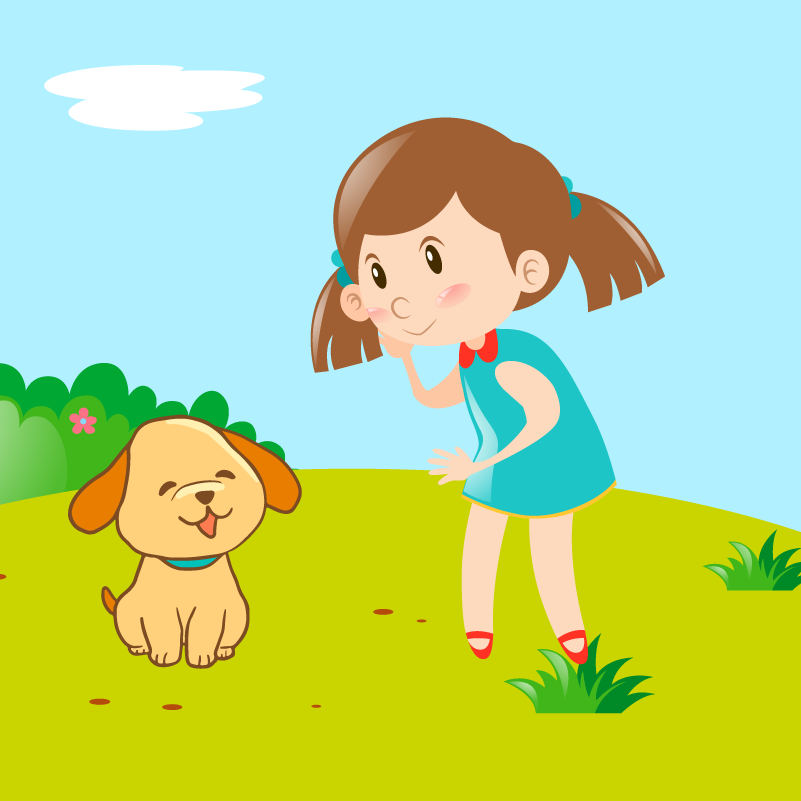
She used to play with Blas.
In this lesson, you are going to learn and practice the structure “used to” which is used to describe activities you did in the past, but now you do not do anymore.
By the end of this topic you will:
Use the structure “used to” in different situations to describe habits in the past.
In this section, you will see some activities. Try to remember if you did some of the activities when you were a child.
You do not need to write anything just pay attention to the activities people used to do in their childhood.
The previous pictures gave you some ideas of what people used to do when they were children.
Now, this is the grammar and function topic explanation. Here you are going to find how to use affirmative, negative and interrogative sentences using the form used to. Read the information carefully.
You use “used to” to describe activities that you did in the past, but you don’t do them now.
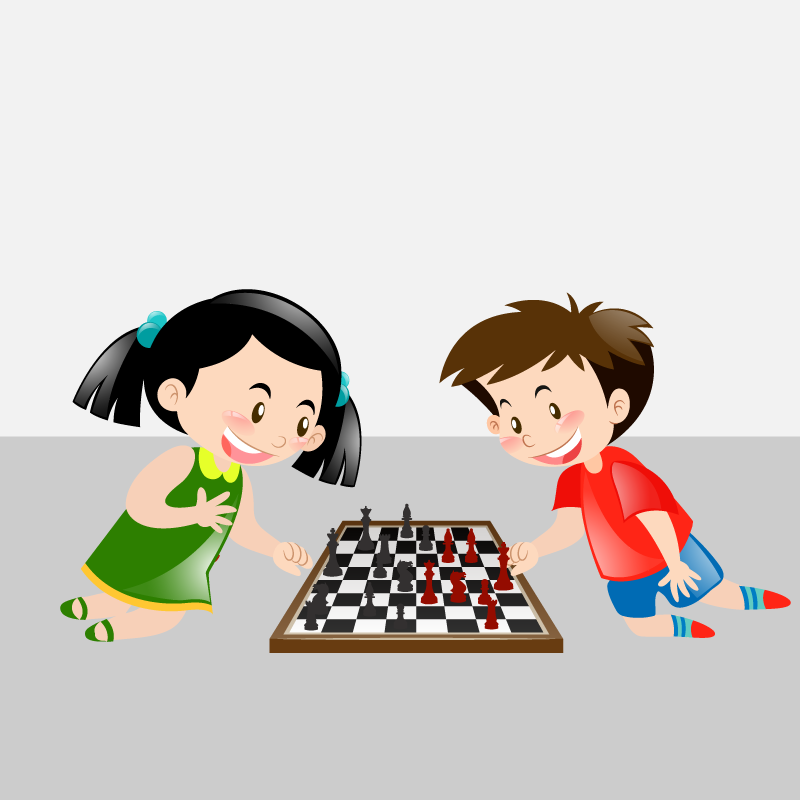
I used to play chess when I was 6 years old. Now I don’t have time to play it.
Now, let's see how sentences are formed:
You use affirmative sentences to express the activities that you did in the past.
The structures is:
SUBJECT + USED TO + VERB (SIMPLE FORM) + COMPLEMENT
Example:

I used to have pick-nicks with my family.
You use negative form to express the activities you did not do in the past.
The structure is:
SUBJECT + DID NOT + USE TO + VERB (SIMPLE FORM) + COMPLEMENT
* You can use the contraction DIDN’T
Example:
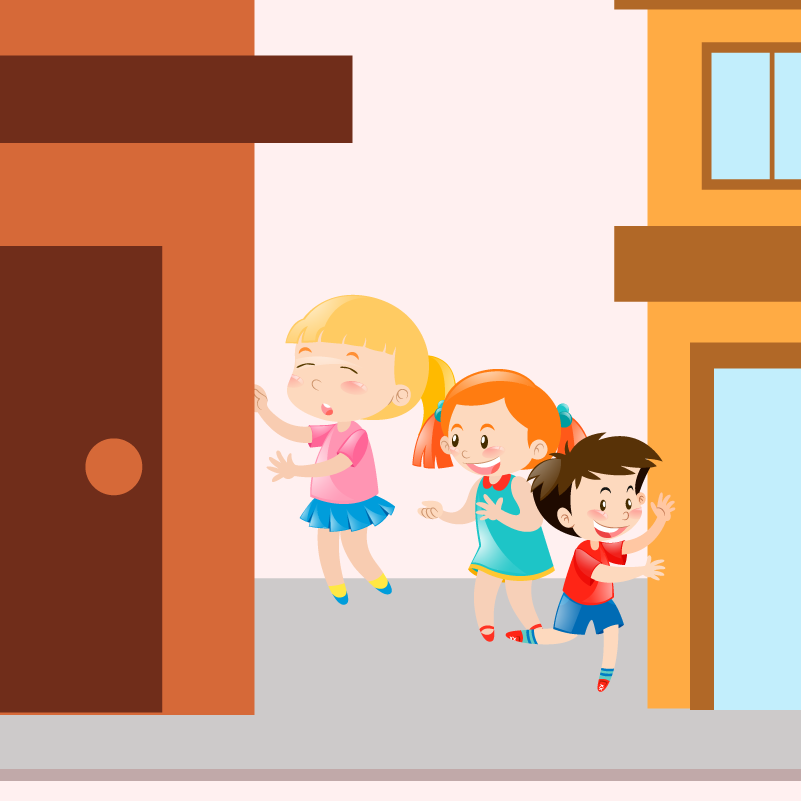
I did not use to play hide and seek with my neighbours.
I didn’t use to play hide and seek with my neighbours.
You use these kind of questions to ask if people did or did not do some activities in the past. There are just two possible answers: yes/no.
The structures is:
DID + SUBJECT + USE TO + VERB (SIMPLE FORM) + COMPLEMENT?
Answers:
Yes, SUBJECT did.
No, SUBJECT didn’t
Example:
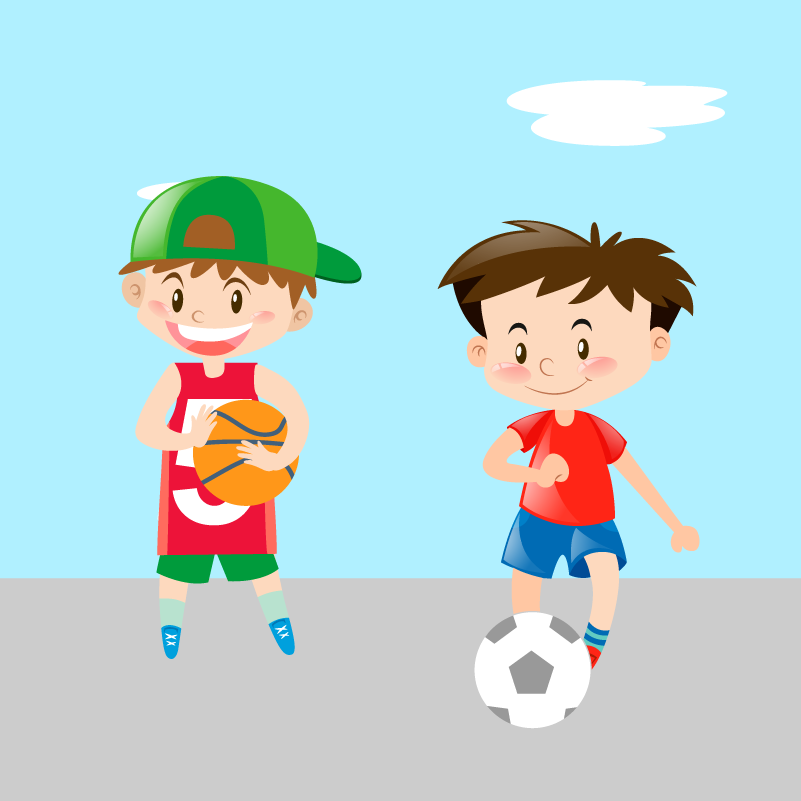
Did you use to play soccer and basketball at school?
Yes, I did.
No, I didn’t.
You use Wh questions to ask about activities people did in the past.
The structures is:
QUESTION WORD + DID + SUBJECT + USE TO + VERB (SIMPLE FORM) + COMPLEMENT?
Answers:
SUBJECT + USED TO + VERB + COMPLEMENT
Example:
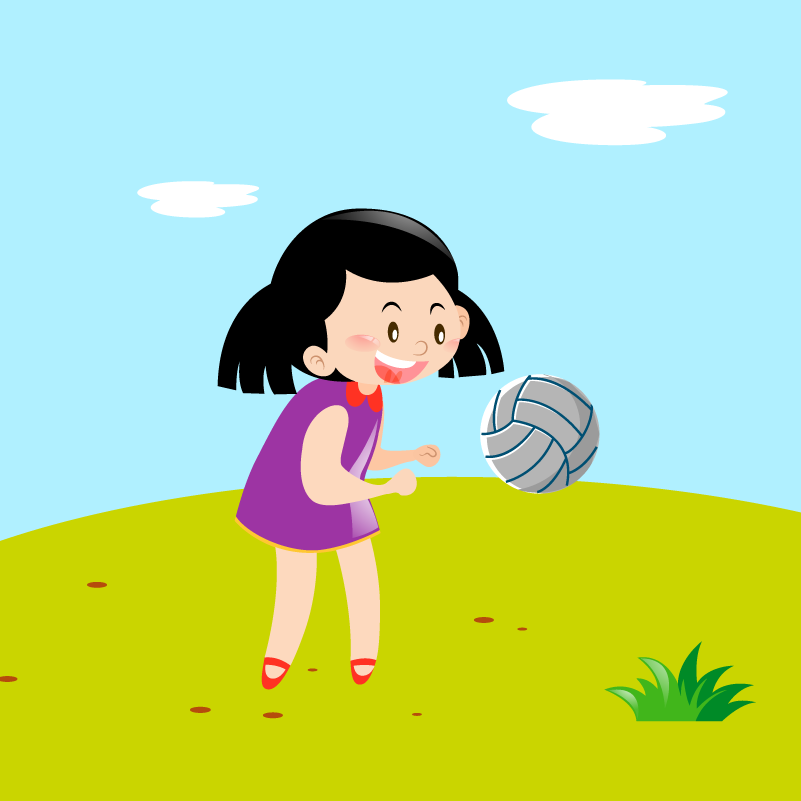
What did you use to play at school?
I used to play volley ball at school.
Activity 1
Now you know the structure of used to and need to practice it. This exercise will be part of your course grade.
Read the sentences and complete them using the correct form of “used to,” and the verb in the brackets.
Once you know your score, you will be given feedback. Do not forget to check these messages!
Activity 2
You are a “used to” expert. Try this exercise to confirm your knowledge of this topic.
Use the mouse to order the words and write the sentence correctly.
If you have questions, don’t forget you can check the grammar section.
Activity 3
Do you think people around the world used to do the same activities that you used to do in your country?
There are a lot of games that children used to play in other countries.
Read the following article and decide if the statements are True (T) or False (F).
Activity 4
What did your mother or father use to do when they were children? It is time to find out.
First, interview some people about the activities they used to do when they were children. You can use 5 of the suggested questions, or you can invent 5 of your own.
Suggested questions
Did you use to….
Check the rubrics to know which aspect to include. You can check the example. Then gather the information, record it and include the use of “USED TO.” Finally, evaluate yourself.

Activity 5
Now we are going to listen to Steve, Elena, Esteban and Monica. They are talking about the activities they used to do when they were children.
Listen to them carefully. Then match each person to the activity they used to do.

Activity 6
The daily activities are modified according to the context where they are carried out. Please tell us about childhood in your country. Write a short paragraph (100-120 words) about children in your country. Remember to include used to at least five times. Then use the rubrics to evaluate yourself.
Games in Mexico city
Remember that “used to” describes the activities that you did in the past, but you do not do them anymore. It is time to test yourself on the topic.
• Murphy, R. & Altman, R. (1998). Grammar in use. Reference and practice for intermediate students of English. United States of America: Cambridge University Press.